Frequently Asked Questions
Who wrote this Voter Guide?
The New York City 2025 Voter Guide is created by Abundance New York, a 501(c)(4) nonprofit building a political home for New Yorkers often left out of local politics.
Our community of 2,500 includes residents from all five boroughs committed to a city with more than enough of everything we need to thrive. For too long, politics has prioritized the voices of a few—especially homeowners and car owners. We aim to center renters and transit riders in the decisions that shape our city.
Want to join us? Sign up here.
Is this Voter Guide progressive or moderate?
Neither. We think that thinking about Democratic politics in New York as just about the left versus the center misses the point. We care most about the reasons New York is increasingly unaffordable, unpleasant, and unsafe—and where neither “side” of our politics has all the answers.
The biggest problem in New York is the price of housing, with rents rising seven times faster than wages, a record-low vacancy rate, and record-high numbers of New Yorkers sleeping in shelters and on the street. New York needs more homes to address our critical supply shortage, ushering in a future where landlords compete for tenants. Pro-housing candidates can be found in the “progressive” and “moderate” parts of the party—as can opponents of new homes. More homes, and more housing options for street homeless New Yorkers, are critical not just for affordability but for helping those experiencing mental illness and addiction get off the streets and into treatment and housing.
Similarly, New York becomes more vibrant, safe, and sustainable when public transit and public space are prioritized over just cars—while the city becomes better for low-income folks who rely on subways, buses, and bikes. Investing in public transit, micro-mobility, resiliency, and renewable energy are all crucial for addressing climate change and weather emergencies that hit coastal and low-income communities the hardest. Like housing, care for transit, streets, and climate issues often defy left-right categorization.
Finally, we think the government needs to work better—with more public and private sector capacity and more attention to outcomes over processes. We can’t stop needed changes just because a few vocal, empowered New Yorkers oppose it; neither can we solve all problems through additional funding without thinking about whether those dollars actually result in a better life for New Yorkers.
Conflicts between growth, change, and abundance versus stasis, stagnation, and scarcity operate on a different axis from conflicts happening between the left and center or right. That’s reflected in this Voter Guide, which sometimes recommends the “progressive” candidate and sometimes the “moderate” one, but always highlights the candidates more committed to actually delivering on the solutions to the crises facing New York.
Conflicts between growth, change, and abundance versus stasis, stagnation, and scarcity operate on a different axis from conflicts happening between the left and center or right. That’s reflected in this Voter Guide, which sometimes recommends the “progressive” candidate and sometimes the “moderate” one, but always highlights the candidates more committed to actually delivering on the solutions to the crises facing New York.
How did you determine your ranking recommendations?
We focused on the races with the most competitiveness, the most contrast between candidates on the issues that matter most, and/or other high stakes for the future of the city. We assessed viability via fundraising and institutional support.
On policy, we compared: candidates’ records of bill sponsorships, votes, public statements, and other content against a rubric that assesses commitment to fighting for more housing and against homelessness, for better public transit and more people-first street space, for renewable energy and resiliency, and for healthier democracy and effective government delivery.
We interviewed leaders from advocacy groups fighting for progress on these issues for a more nuanced view into candidate quality. Finally, where needed to further discern differences, we interviewed candidates themselves.
How do I get further involved in making the city better?
If you want to learn more about local politics and policy, connect with the advocacy groups leading fights for progress on the issues, volunteer on campaigns for great candidates, or even run for office yourself someday, join the Abundance New York community.
What about [race I don’t see listed here]?
There are a few other important races happening across the city: for public advocate, Bronx borough president, and in a handful of City Council districts (i.e. 13, 21, 28, 30, and 38).
Many of these races are competitive, and many feature candidates backed by different parts of the city’s political ecosystem—e.g. the progressive left vs. moderate center, or different organized constituencies.
However, we did not discern a significant enough difference between the candidates on the issues most important to New York to highlight one candidate over another.
